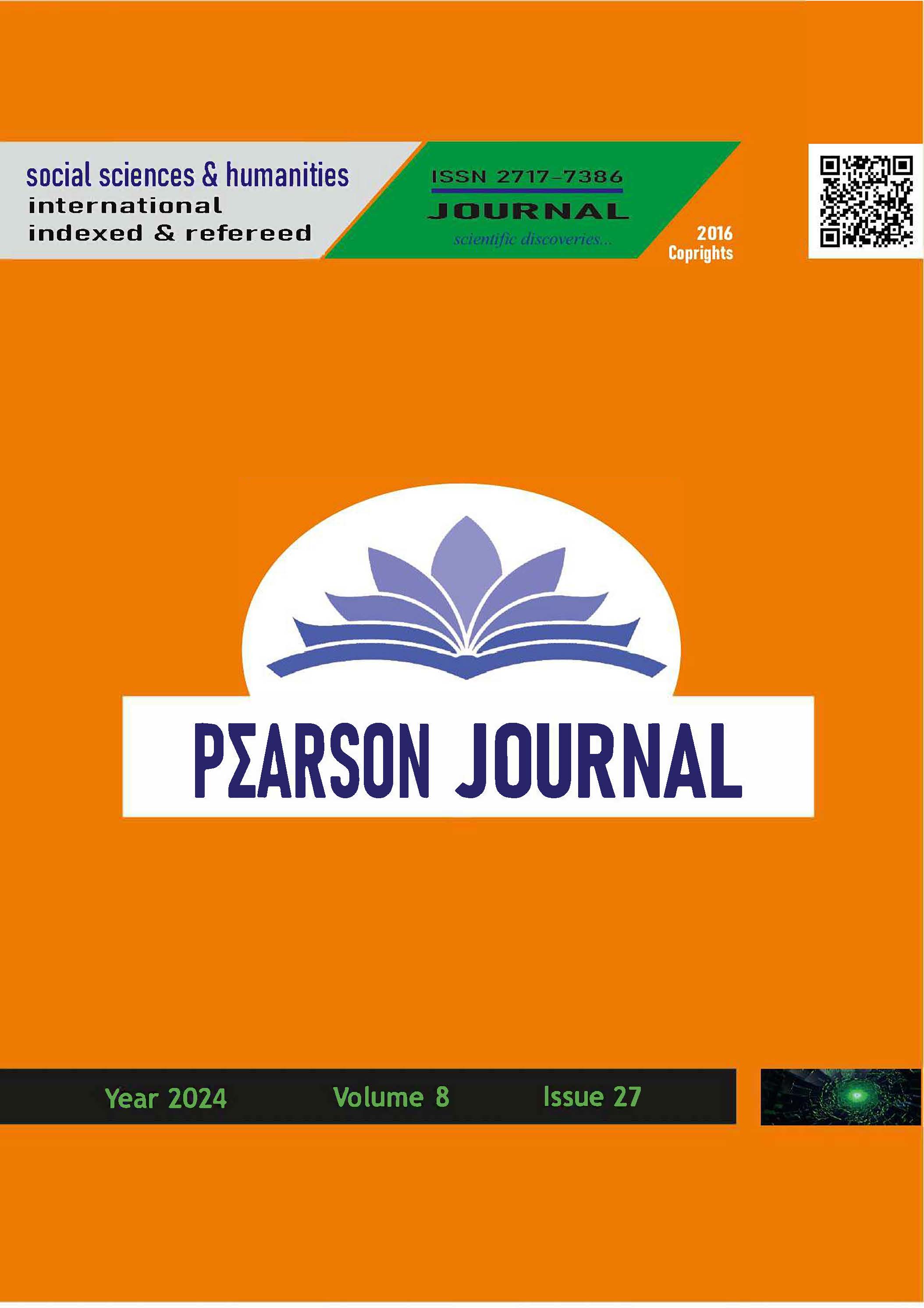Bibliometric Analysis of Articles on Employee Voice Concept Published in Web of Science Database
DOI:
https://doi.org/10.5281/zenodo.10820741Keywords:
Voice,, Employee Voice, Voice Behaviour, Bibliyometric AnalysisAbstract
For organizations to achieve success, it is very important for employees to be able to express themselves against the situations they see in the organization. The ability of employees to express the negativities or suggestions for improvement they see in order to develop and improve the organization they are in contributes to businesses. It is aimed to evaluate the articles published on the subject of employee voice in the Web of Science database by bibliometric analysis method and to reveal the characteristics and development process of the existing articles in the literature between 1981-2023.
In the Web of Science database, 1595 articles published in English between 1981-2023 in the field of business and management were accessed. The bibliometric analysis of the studies was conducted through Vosviewer software. It was found that the highest number of studies and citations related to employee voice occurred in 2022, and the most cited study was Van Dyne and Le Pine's, "Helping And Voice Extra-Role Behaviors: Evidence Of Construct And Predictive Validity", the United States of America was the country that published the most articles, and Wilkinson was the author who wrote the most articles. The most frequently used keywords related to employee voice are voice, employee voice, voice behavior and ethical leadership.
References
Detert, J. R., & Burris, E. R. (2007). Leadership behavior and employee voice: ıs the door really open?. Academy of Management Journal, 50(4), 869-884.
Farrell, D.(1983). Exit, voice, loyalty and neglect as responses to job dissatisfaction: a multidimensional scaling study. Academy of Management Journal, 26.4, s.596-607.
Göktaş Kulualp, H. (2016). çalışan sesliliği ile bazı kişisel ve örgütsel özellikler arasındaki ilişkinin belirlenmesi: öğretim elemanları üzerine bir araştırma. Ege Academic Review, 16(4), 745-761.
Hirschman, Albert O.(1970). Exit, voice and loyalty. Cambridge, Massachusetts and London, Harvard University Press, s. 30-43.
Lawani, S. M. (1981). Bibliometrics: its theoretical foundations, methods and applications. Libri, 31(1), 294-315.
LePine, J. A., & Van Dyne, L. (1998). Predicting voice behaviour in work groups. Journal of Applied Psychology, 83.
Krauskopf, E. (2018). A bibliometric analysis of the journal of ınfection and public health: 2008–2016. Journal Of Infection And Public Health, 11(2), 224-229.
Maynes, T. D., & Podsakoff, P. M. (2014). Speaking more broadly: an examination of the nature, antecedents, and consequences of an expanded set of employee voice behaviors. Journal of Applied Psychology, 99(1), 87.
Morrison, E. W., Kamdar, D, (2011). Speaking up in groups: a cross-level study of group voice climate and voice. Journal of Applied Psychology, Vol. 96, No. 1, s. 183-191.
Okuba, Y. (1997). Bibliometric indicators and analysis of research systems: methods and examples. OECD Science, Technology and Industry Working Papers, 1997/01, OECD Publishing.
Spencer, Daniel G.(1986). Employee voice and employee retention. Academy of Management Journal, Vol 29, No.3, pp. 488-502.
Tangirala, S., Ramanujam, R.(2008). Exploring nonlinearity in employee voice: the effects of personal control and organizational ıdentification.
Academy of Management Journal, Vol. 51, No. 6, s. 1189-1203.
https://www.tdk.gov.tr/ (Erişim Tarihi 15.01.2024).
Ulu, S. & Akdağ, M. (2015). Yayınlanan hakem denetimli makalelerin bibliyometrik profili: selçuk dergisi örneği. Selçuk İletişim, 9(1), 5-21.
Van Dyne, L., Ang, S., Botero, I.C.(2003). Conceptualizing employee silence and employee voice as multidimensional constructs. Journal of Management Studies, 240:6, s. 1359-1392.
Downloads
Published
How to Cite
Issue
Section
License
Copyright (c) 2024 PEARSON JOURNAL

This work is licensed under a Creative Commons Attribution 4.0 International License.



